
Week 1

On Monday, we were introduced to programming in postscript. I began my exploration by doing some rough sketches of things I wanted to try doing, inspired by Bob's examples and the drawings of Mathew Borrett.
My first drawings



ULDR-Bob Bosch
Mathew Borrett
Bob Bosch
The next day, I worked on translating one of my sketches (number 3) into a coded piece in postscript. I started by looking at UDNSEW for inspiration on how to code in instructions for shapes as a function. (code by Bob Bosch)

Since the sketch I was working with had 45 degree lines, I coded in my own NW and SE functions (after drawing a simple square and then struggling for a while to figure out what N, S, E, and W did in the original). I also added back in L and R from ULDR. This allowed me to translate my sketch into a full set of drawing instructions.


After drawing the squares and coding in the new directions, I was able to draw the pieces of shading behind the faces of the rectangular prisms. I then tiled these all pieces together to create the finished look, and then used fill instead of stroke to create the different shadows.



Next week, I want to alter this code to use a for loop so it is scalable, and maybe play around with what types of gifs can be made with this concept as a starting point.
On Friday, I started experimenting with loops. This led me to creating some gifs with nested for loops that displayed an image over and over again with slight alterations. These could be exported to a pdf which I then used ezGIF.com to convert to GIF format.
The first thing I tried was using a loop to draw a square with its corner at the center of the canvas and rotating the canvas by 360/number of squares degrees.
I then took this and iterated through different numbers of squares. I think it would be fun to try using other shapes too.

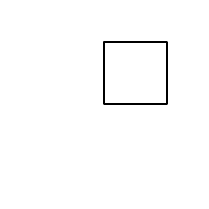

Next, I altered the fibonacci example code from class in various ways.
I added a teal to black gradient effect by changing the color slightly each time in the for loop. I also increased the size and number of the dots to create an overlapping almost fish scale pattern that gave a cool illusion of depth. I then added an outer for loop that made these colors pulse.

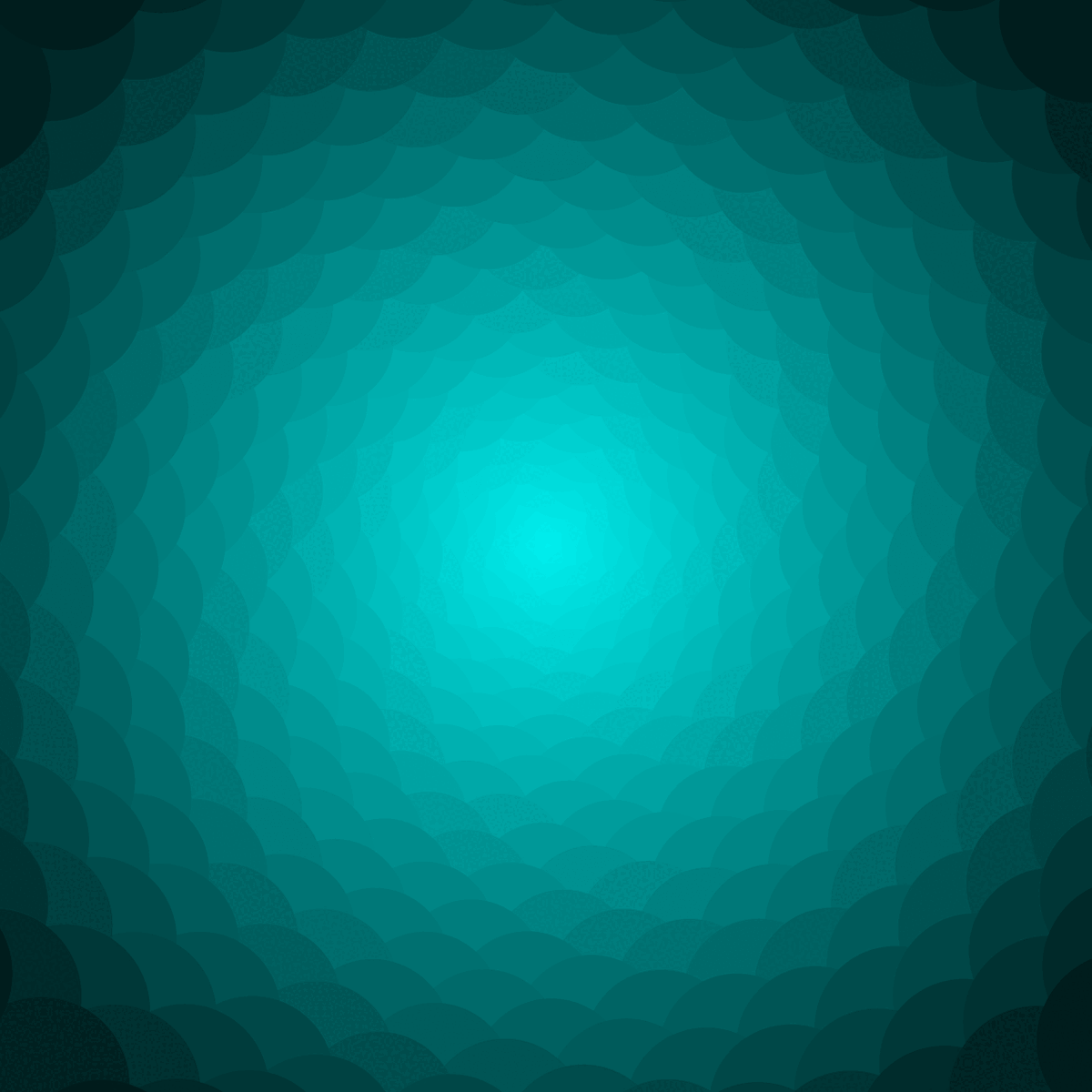
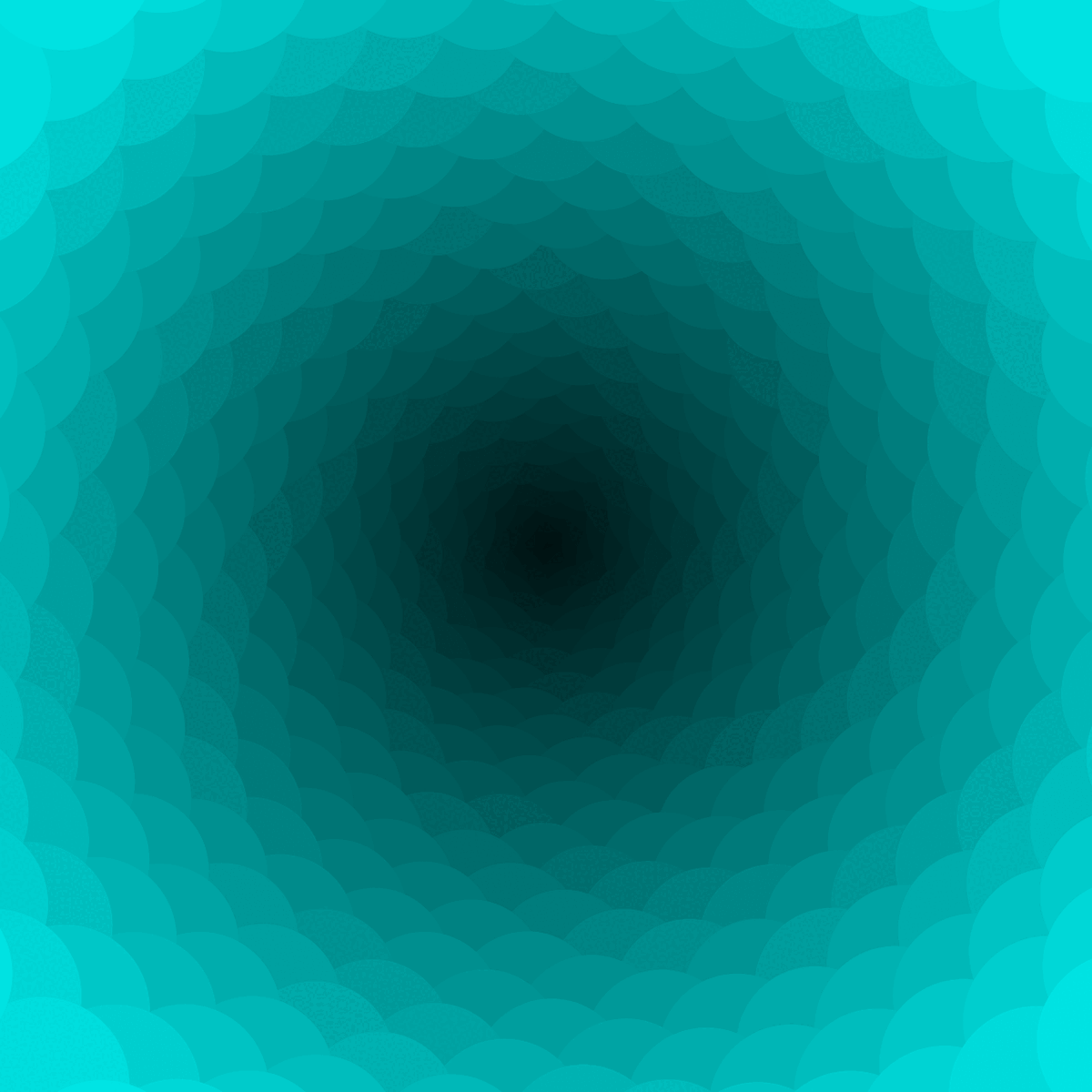
I then played around with changing the starting radius, size of dots, and starting angle
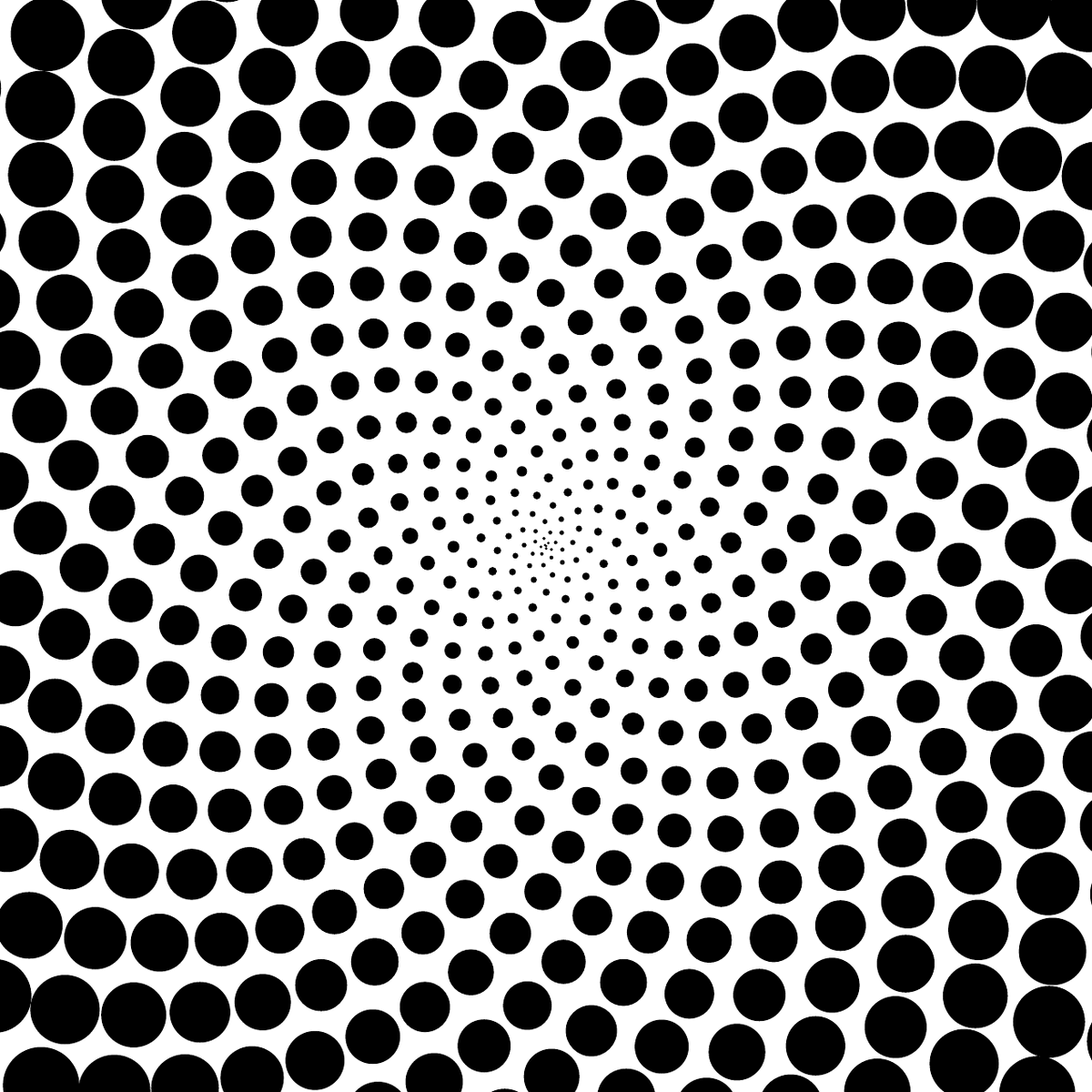
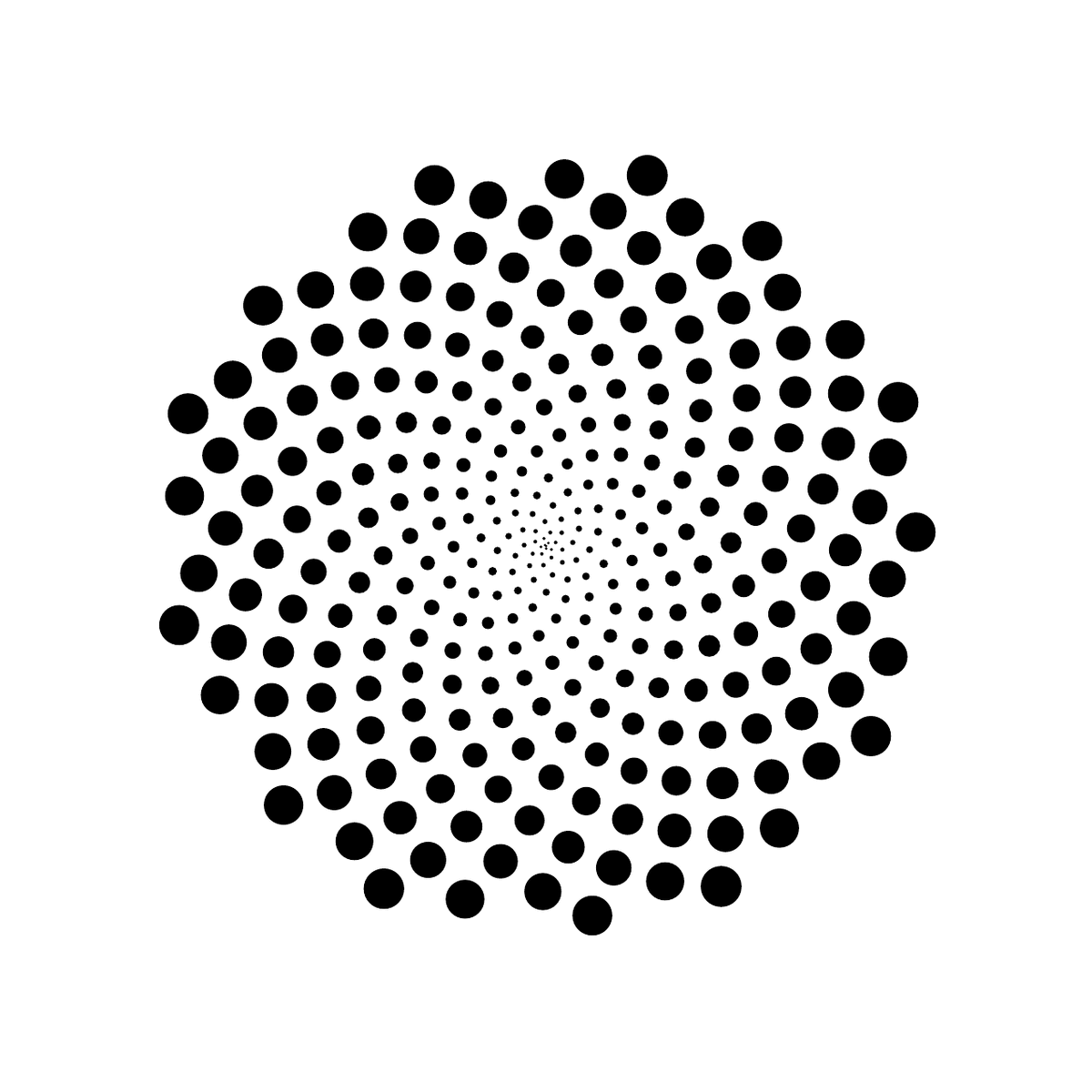
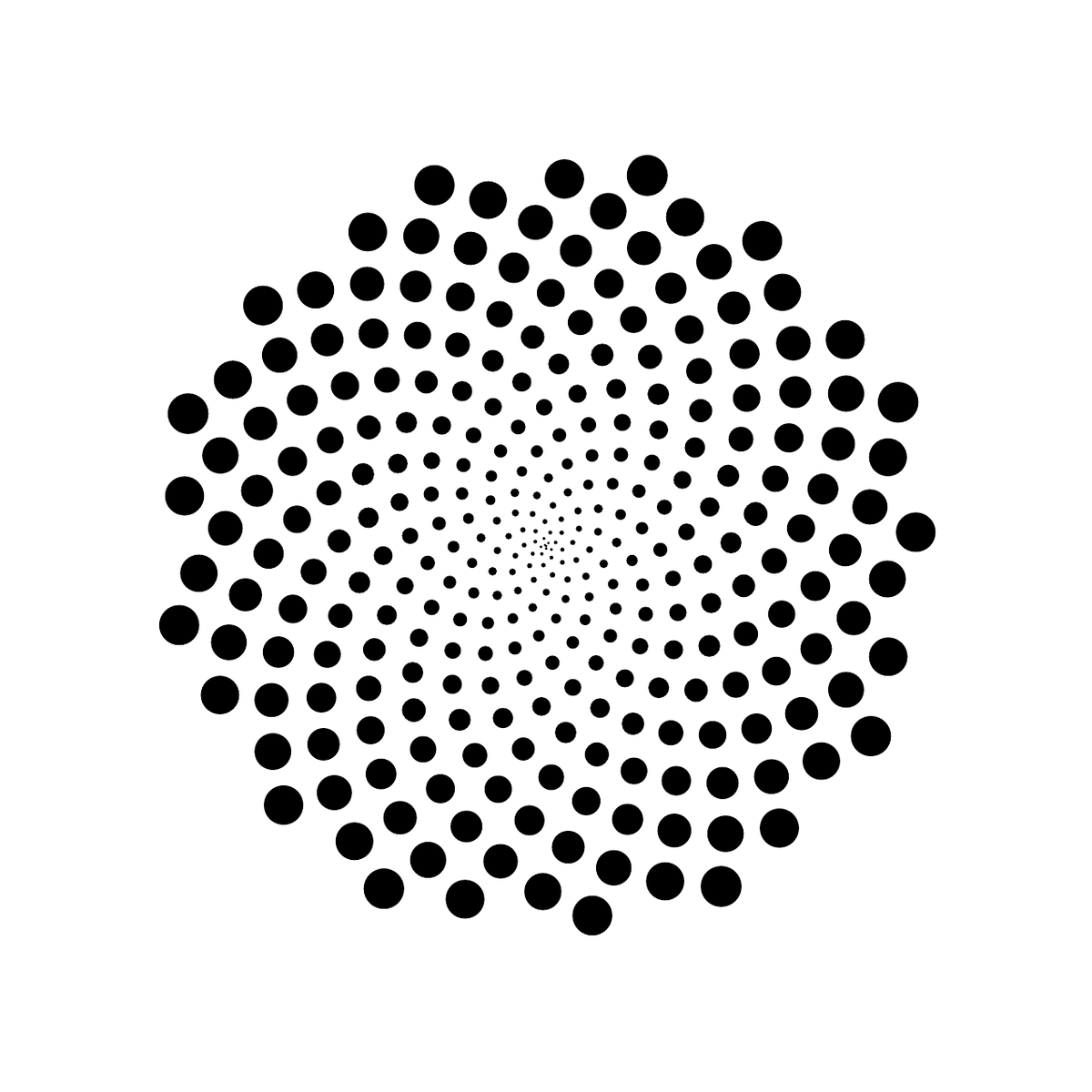
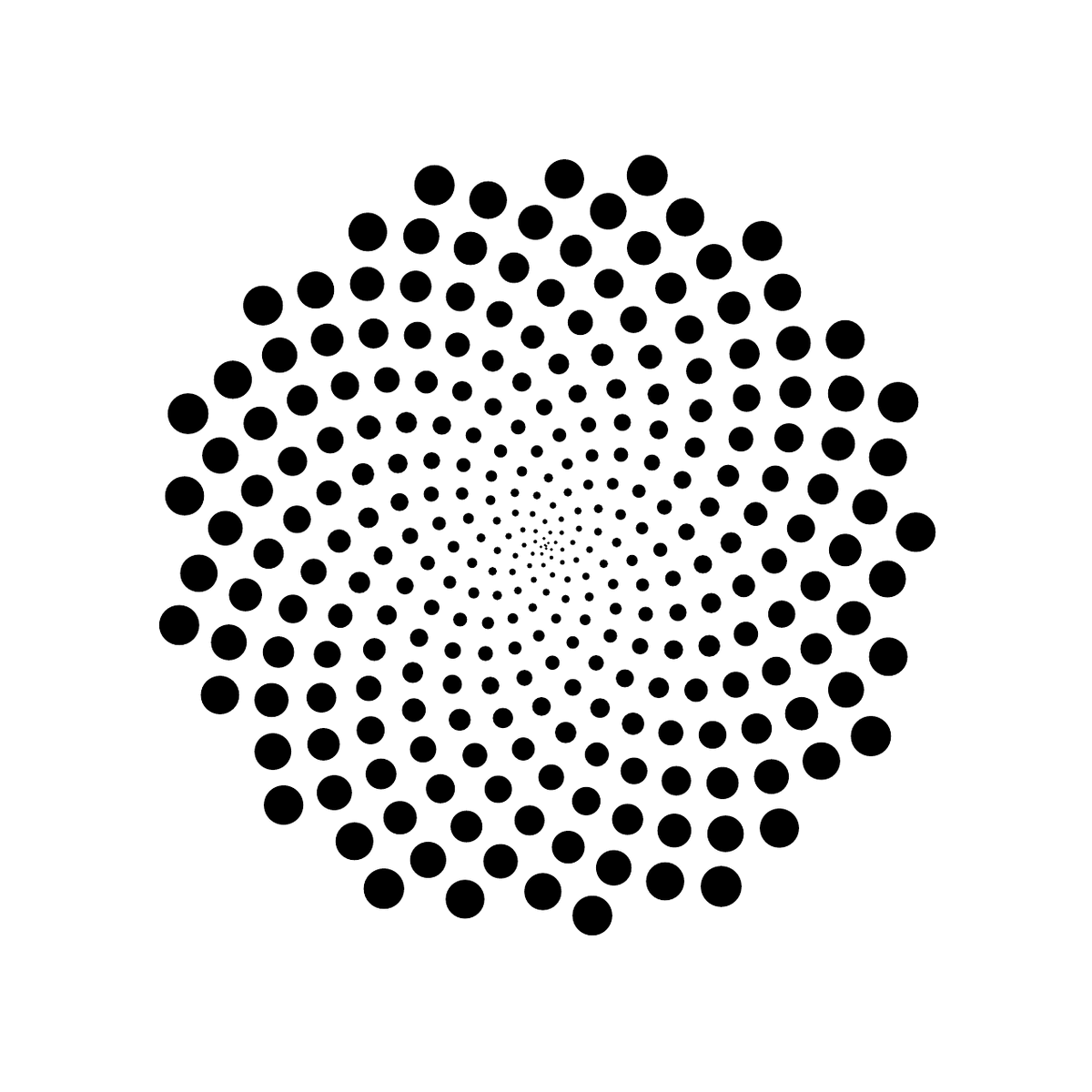
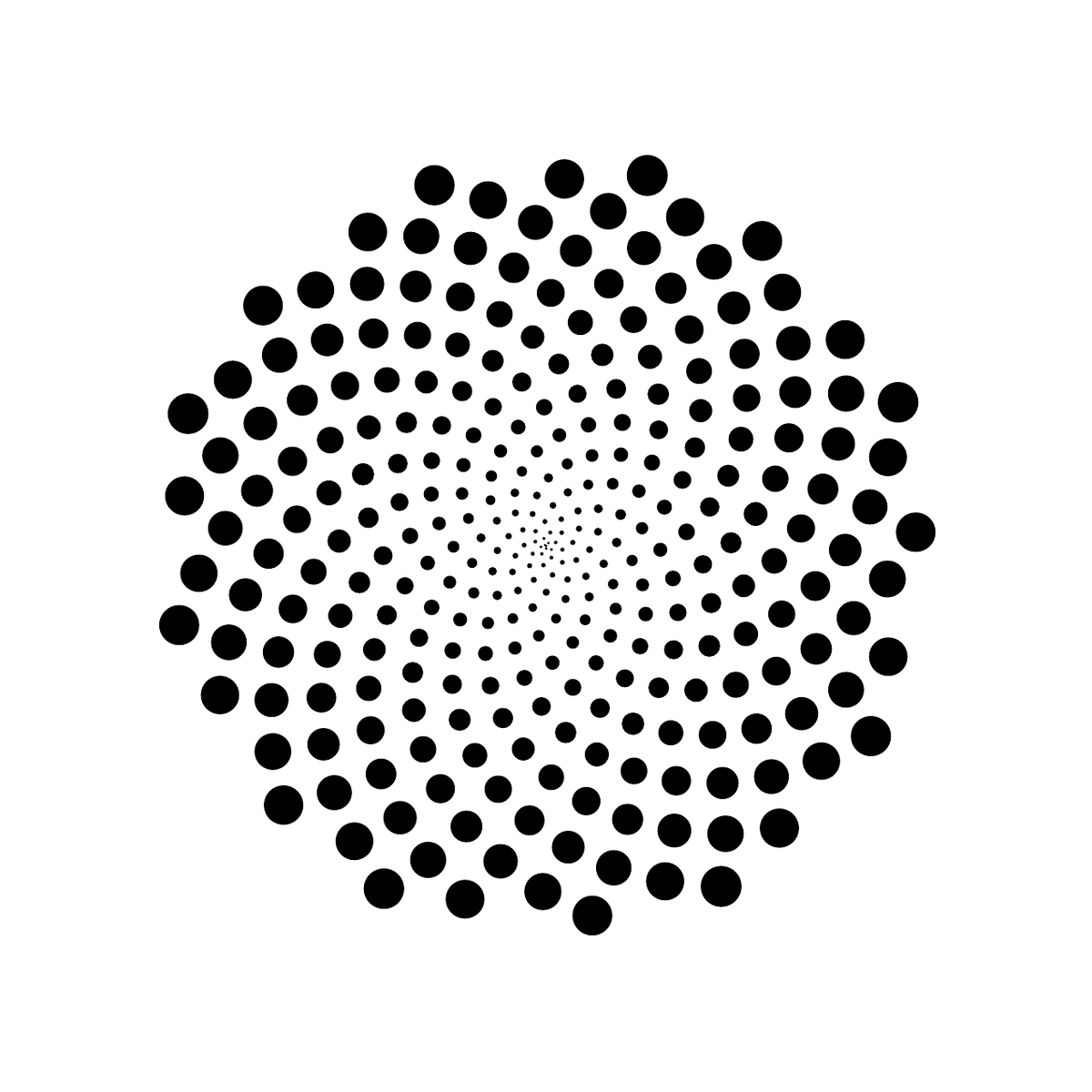
Next week, I want to create a version of this that has another opposite direction spiral in the center that grows and shrinks, and maybe a version where the rotation angle changes every frame.
postscript files from this week can be downloaded here: